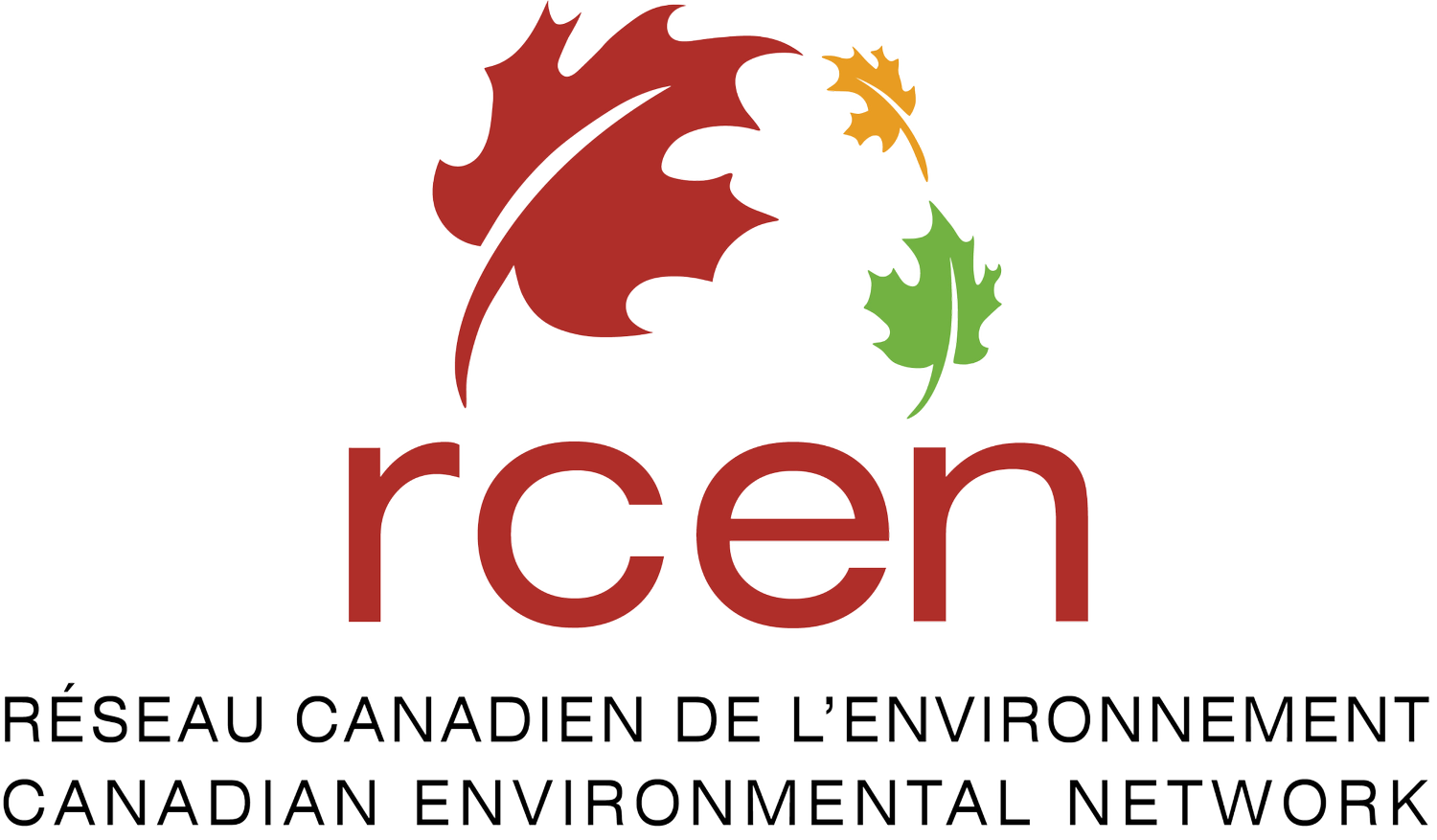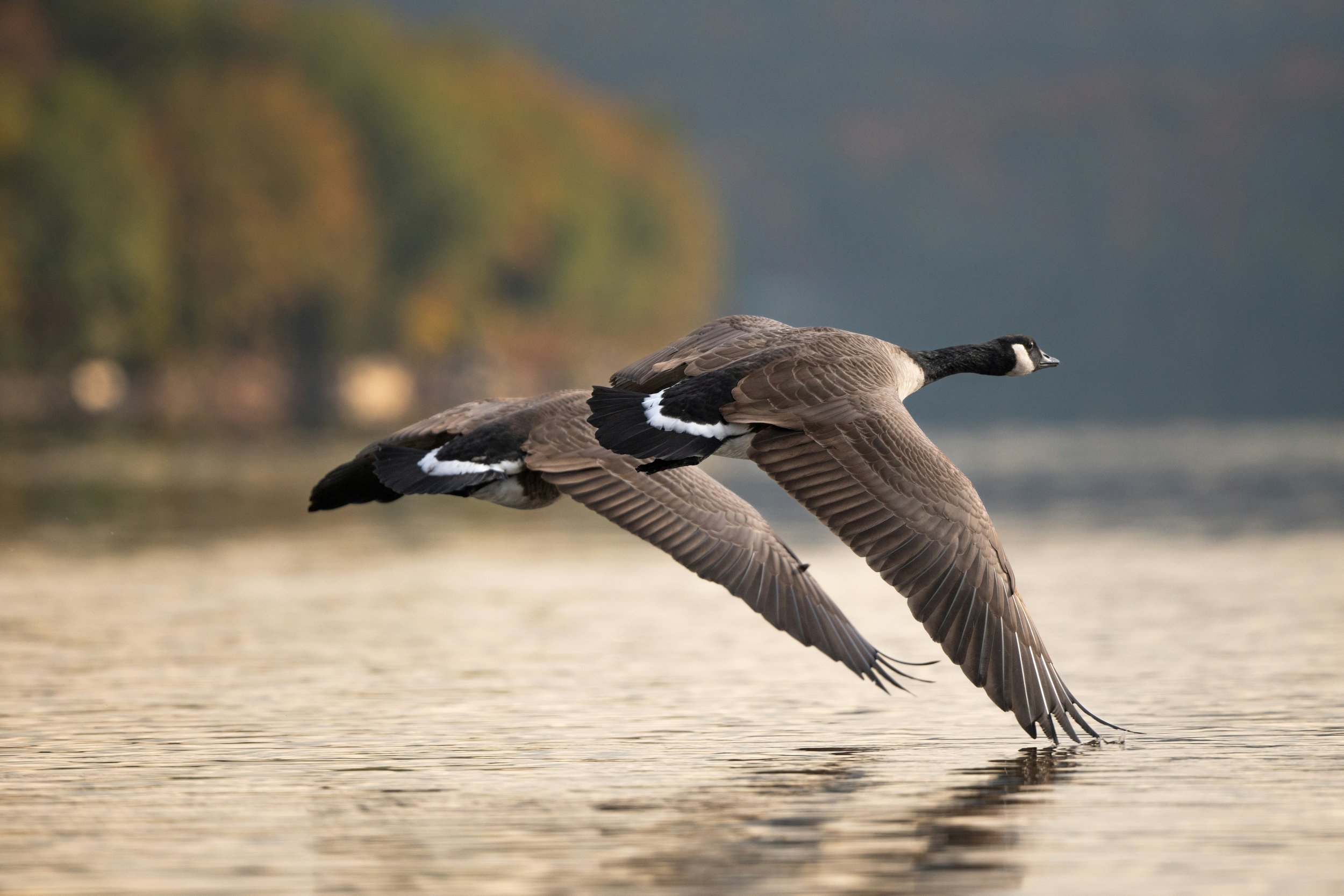How the Rights of Nature can Advance Canadian Sovereignty and Well Being
Introducing the Rights of Nature – A Vision for Canada’s Future
Rosalind Warner, Peter Stoett, Shauna Doll, Yenny Vega Cardenas, Kriss Kevorkian
In the face of growing environmental, social, and economic crises—ranging from biodiversity loss to climate change—Canada must confront the reality that these challenges are interconnected and require a holistic approach. The Intergovernmental Science-Policy Platform on Biodiversity and Ecosystem Services (IPBES) 2025 report, which explores the intricate links between biodiversity, water, food, health, and climate change, underscores the need for integrated and adaptive governance. Traditional siloed policies are not effective to tackle these complex, cascading issues.
We are one of just five countries that together contain more than 70% of the world’s remaining intact ecosystems. Canada is home to an estimated 80,000 wild species, includes a vast proportion of the world’s boreal forests, 7% of its renewable freshwater, and the longest coastline on the planet. Canada also has a quarter of global wetlands, 25% of remaining global temperate rainforests, and expansive areas of relatively untouched landscapes. Moving forward means not only preserving and protecting these vast ecosystems, but embracing transformative changes that rewrite the relationship between humans and the rest of nature.
One vital tool that has emerged globally is the Rights of Nature movement—a legal framework that recognizes Nature as having inherent rights, to be preserved and protected. By adopting and promoting the Rights of Nature, Canada can position itself as a global leader in sustainability, strengthen national unity, and protect our most precious landscapes for generations to come.
1. Ethical and Moral Responsibility: The Rights of Nature as a Reflection of Canadian Values:
Canada has long prided itself on its commitment to environmental stewardship Some of the most influential thinkers and writers on the concept of Rights of Nature are Canadian, starting with the influential work of David Boyd, whose book The Rights Of Nature: A Legal Revolution That Could Save The World, sparked worldwide interest in the idea in 2017. The Rights of Nature approach is rooted in the understanding that ecosystems, rivers, forests, and living creatures [including wildlife] have intrinsic value. While not necessarily a new idea, the need to support ecological integrity is already a fundamental guiding principle of Canadian environmental policy, from the establishment of a national parks system in 1911 to the modern system of environmental assessment. This aligns with the Canadian ethos of respect for all forms of life and the belief that protecting our natural heritage is key to safeguarding cultural and ecological identity.
Growing recognition that humans are inseparable from the rest of Nature—an idea long-held by many Indigenous communities the world over—offers a path forward for Canada. The Rights of Nature invite us to view the land, air, water, and all wildlife as integral to our well-being, reinforcing our national identity as stewards of the Earth.
2. The Practical Benefits: Strengthening Canada’s Global Standing and Sovereignty:
At a time when Canada’s sovereignty and economic interests are under pressure, especially in relation to our largest trading partner, the United States, the Rights of Nature could help position Canada as a leader in sustainability and human rights.
By adopting the Rights of Nature, Canada could set a bold example on the global stage, demonstrating leadership in addressing the interconnected crises of biodiversity loss, climate change, and social inequality.
The Rights of Nature offer a corrective alternative to the extractive economic model that has often treated Canada as a resource colony. By recognizing the inherent rights of Nature and including them among other recognized rights in decision-making, Canada can resist policies that prioritize short-term economic gain over long-term environmental health, thus asserting its sovereignty in the face of external pressures.
3. Empowering Local Communities through Food Sovereignty:
An essential component of recognizing and implementing the Rights of Nature is empowering local communities, particularly in relation to food sovereignty. Food sovereignty is the right of peoples to healthy and culturally appropriate food produced through ecologically sound and sustainable methods. By connecting food sovereignty to territory, we help local communities reconnect with the land and foster agricultural systems that are deeply rooted in the region’s unique ecosystems.
● Territorial Attachment and Ecological Responsibility:
When communities are empowered to use natural resources found in local ecosystems, they can create products, including food, which are not only culturally relevant but environmentally sustainable.
● Building Community-Led, Sustainable Food Systems:
The Rights of Nature offer a pathway for communities to reclaim their food systems from industrial models that prioritize profit over environmental health. This strengthens food sovereignty by ensuring that local populations have control over what is grown, how it’s produced, and how it interacts with the environment.
● Promoting Traditional Knowledge:
By embracing the Rights of Nature in ‘western’ (i.e., Euro-centric) decision-making practices, communities can be empowered to protect Traditional Knowledge that fosters sustainable practices. This aligns with Canada’s broader goals of reconciliation and recognition of Indigenous rights, helping to support the cultural and environmental integrity of these communities.
4. Community Engagement and Indigenous Leadership:
The Rights of Nature offer a pragmatic, community-based solution to environmental challenges.
By engaging local communities and empowering them to defend their natural surroundings, Canada can foster a sense of responsibility for the land and create stronger connections between Canadians and the natural world. The diverse and vibrant mosaic of Canada’s civil society sector, which includes many groups who are working on the ground to achieve our common goals, can play a role in driving such ‘bottom up’ initiatives.
Indigenous communities have long understood the importance of protecting the Earth. The Rights of Nature movement amplifies Indigenous voices by formally recognizing their role as stewards of the land. The Assembly of First Nations Québec-Labrador, and various Indigenous Nations in Canada, such as those in Winnipeg, Ontario, Alberta, British Columbia and others have led the way in advocating for the legal rights of rivers and other water ecosystems. Their leadership is essential in promoting the recognition of these rights nationwide.
5. The Rights of Nature as a Solution to Canada’s Environmental Crises:
In light of the interconnectedness highlighted in the IPBES report, the Rights of Nature represent a systemic shift in how Canada addresses environmental, social, and economic challenges.
● Holistic Governance for Interconnected Challenges:
The Rights of Nature move beyond single-issue silos and provide an integrated framework for addressing the complex web of environmental and social issues. The Rights of Nature allow for policies that respect the interconnectedness of biodiversity, water, food, health, and climate change—ensuring actions in one area do not have unintended negative impacts on others.
● Protecting Rivers and Ecosystems:
Recent initiatives in Canada, such as the recognition of the rights of the Magpie River and the Gatineau River as legal persons, highlight the effectiveness of this approach. By giving legal standing to rivers and ecosystems, these efforts not only protect Nature but also give marginalized communities a voice in the decision-making process. Other examples, including the Saint-Lawrence River, Fraser River, Gatineau River, Lake Winnipeg, and Athabasca River, demonstrate growing momentum towards recognizing the rights of Nature, particularly through Indigenous leadership.
6. The Way Forward: Concrete Steps for Canada’s Leadership in the Rights of Nature Movement
Canada stands at a critical juncture where we can take bold steps to reshape our environmental policies and leadership. To move forward, Canada can take the following steps:
• Incorporate the Rights of Nature into National Legislation:
We can begin by integrating the Rights of Nature into Canadian law, similar to initiatives in Ecuador, New Zealand, and Spain. This could involve extending legal personhood to key ecosystems, such as rivers, forests, and even entire watersheds, as was done with the Whanganui River in New Zealand and other locales.
• Support Indigenous and Local Governance Models:
Recognizing the importance of local and Indigenous governance in environmental protection, we can enhance collaboration with Indigenous Nations, supporting their efforts to implement and defend the rights of Nature on their traditional territories.
• Strengthen International Collaboration on Nature’s Rights:
Canada can work with international partners to promote the adoption of the Rights of Nature in global environmental frameworks, using its position on the world stage to push for more integrated, equitable, and adaptive global governance models.
Conclusion: A Bold Step for Canada’s Future
By embracing the Rights of Nature, Canada has the opportunity to not only protect its environment but to reshape its national identity, strengthen its sovereignty, and contribute to global efforts to address the interconnected crises of the 21st century.
This is a once-in-a generation transformative opportunity to ensure that future generations inherit a country that values the intrinsic rights of Nature and the interdependence of all living beings.
We urge all political parties in the upcoming federal election to commit to the recognition and promotion of the Rights of Nature as a cornerstone of Canada’s environmental and social policy. In doing so, we can help guide the world toward a future of sustainability, equity, and justice for all.
Authors’ views are their own, not necessarily those of RCEN as an organization. For more information about RCEN's Biodiversity Caucus and this project, Epistemic Community of Practice on the Rights of Nature in Canada (Turtle Island), please visit rcen.ca/biodiversity.



